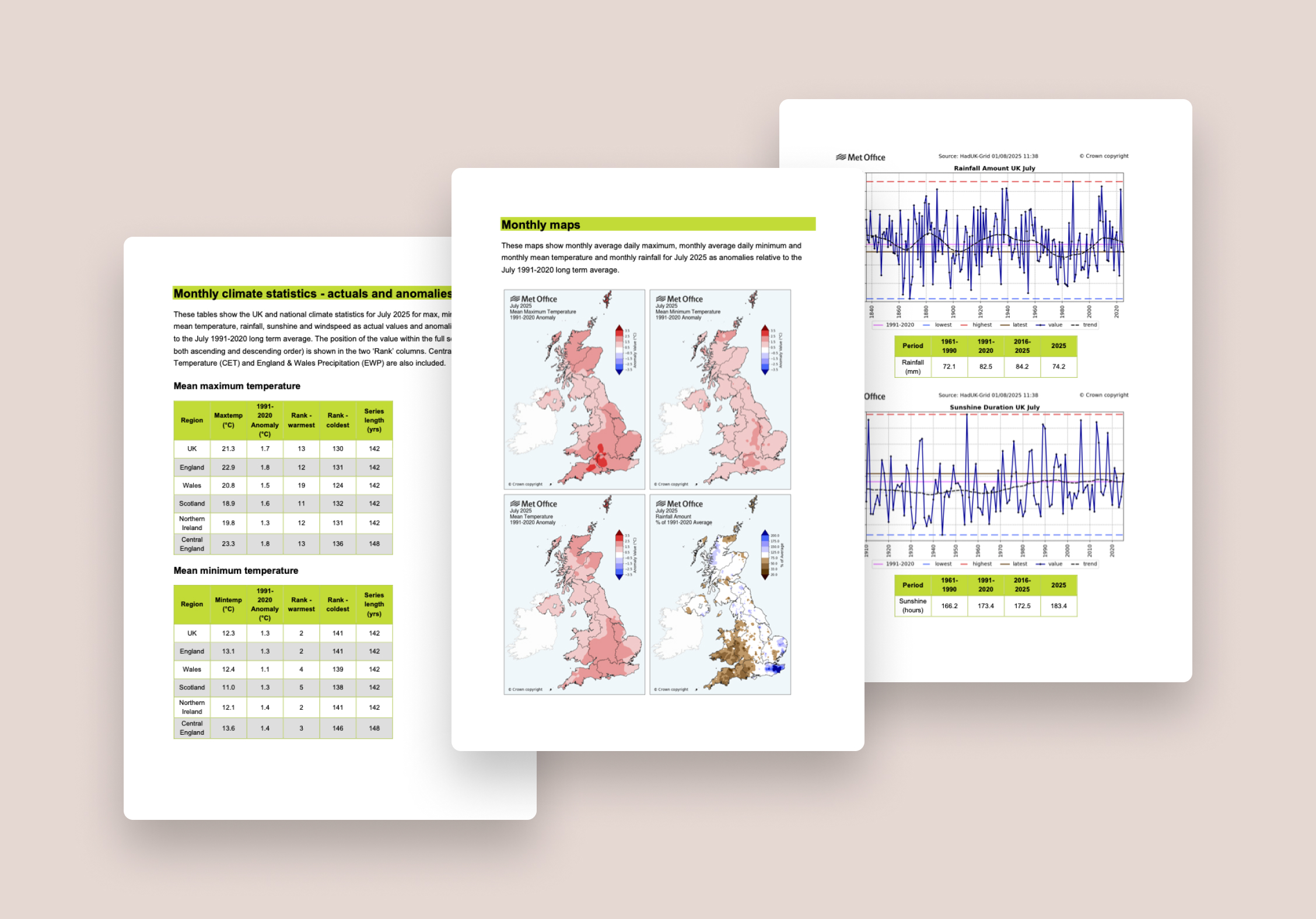To get ahead of the competition in the UK, businesses must enrich their internal data with external datasets. This practice, known as data augmentation, provides a more holistic view of the market, helping to uncover hidden correlations and inform strategic decisions that would be impossible with internal data alone.
While a business can track sales trends within its own walls, adding open data models allows it to understand the bigger picture and react proactively.
A great example of this is the use of open data from the UK government and other public sources. These datasets are freely available and can be highly valuable. For instance, a UK retail business might combine its internal sales data with weather data from the Met Office. This can reveal how a sudden heatwave or a cold snap in a specific region of the UK impacts sales of certain products, such as ice cream or winter coats. Likewise, by cross-referencing sales figures with the UK House Price Index (from sources like HM Land Registry and the Office for National Statistics), a DIY retailer can identify areas with high property turnover or rising house prices and target marketing to those regions. This is about moving from simple reporting to predictive analysis.

Additionally, businesses can use other external data sources, like financial indicators, to make informed strategic decisions. For example, a UK e-commerce company could integrate its customer data with publicly available financial fluctuations data from the Bank of England to understand how economic changes, such as interest rate hikes, affect customer spending habits.
This can help the company make informed decisions about pricing strategies or promotional offers. Another powerful resource is open banking data. Enabled by UK regulations, this allows businesses to gain a clearer picture of their customers' financial health and spending patterns (with explicit consent), which can lead to better credit decisions, personalised financial advice, or more tailored product offerings. By taking this final step in the data journey, UK businesses can turn their raw data into a powerful competitive advantage, enabling them to anticipate market shifts rather than just reacting to them.
Wrapping up the series
And that’s a wrap on our journey into the world of data.
We began by uncovering how marketing and web analytics data can be used to fuel growth and optimise campaigns. We then shifted our focus to the business's internal core, highlighting how business intelligence and unified reporting empower every team with the right insights for better decision-making. Finally, we saw how augmenting this internal data with external open data models can provide a critical competitive advantage.
For any UK business, the journey to sustainable growth is a data-driven one, built on a holistic approach that connects every stage of the data funnel—from collection and analysis to informed action.
Want to know more?
The data journey is a continuous one, and moving from raw information to strategic action can be complex.
Whether it's crafting a holistic marketing attribution model, setting up a unified business intelligence dashboard, or integrating your internal data with external open data sources, we have the expertise to guide you.
Why not grab a quick 15 minutes with one of our data specialists or reach out to the team and accelerate your data journey today?

Ready. Steady. Grow!
We've helped some of the world's biggest brands transform and grow their businesses. And yours could be next.
So if you've got a business challenge to solve or a brief to answer, we'd love to hear from you. Simply complete this form and one of our experts will be in touch!




